Religion plays an important role in the lives of people (well, some people anyway). According to data presented in 2010 by the PEW Research Center, 74.5% of the European population were found to be Christians. 18.8% of the population said they were unaffiliated with any religious group. Islam had 5.9% of the population. The remaining 0.8% was spread across Judaism, Hinduism, and other religious groups.
This article will show you the map of religious diversity in Europe with no particular order. Let’s get right to it!
Germany
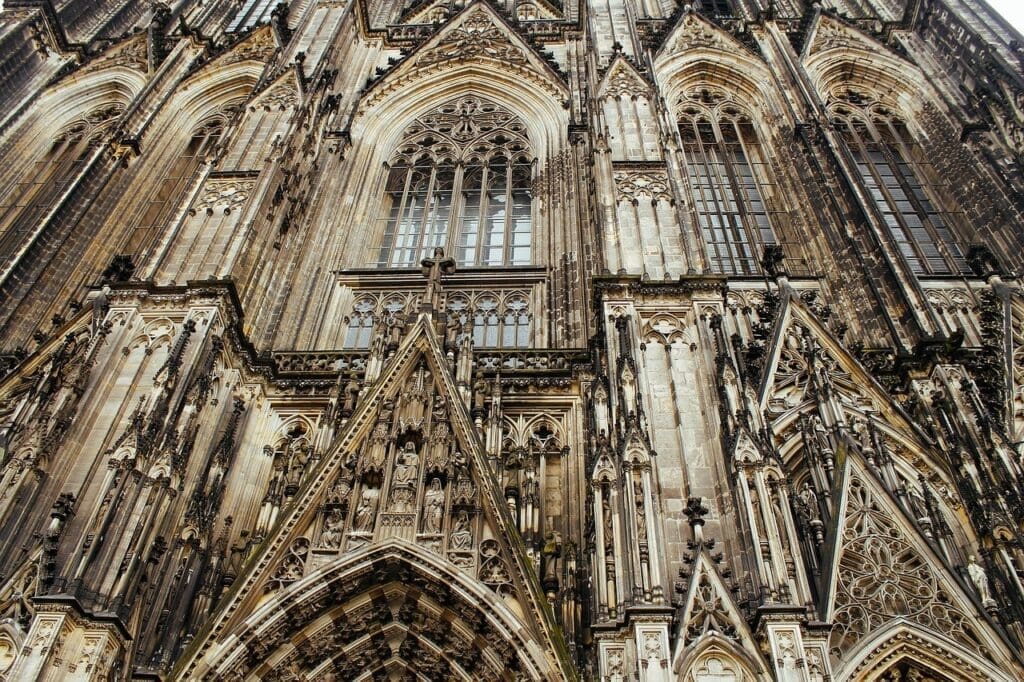
Christians are the dominant religious sect in Germany. However, their numbers are split unevenly between Roman Catholics, Protestants, and Orthodox Christians. Islam has a growing population and accounts for about 5% of the people. But, taking a closer look at the German population, you will find other religious groups. They consist of:
- Sikhism
- Hinduism
- Yadizi
- Buddhism
- Judaism
Yet, a significant percentage of the German population consider themselves to be atheists.
Russia
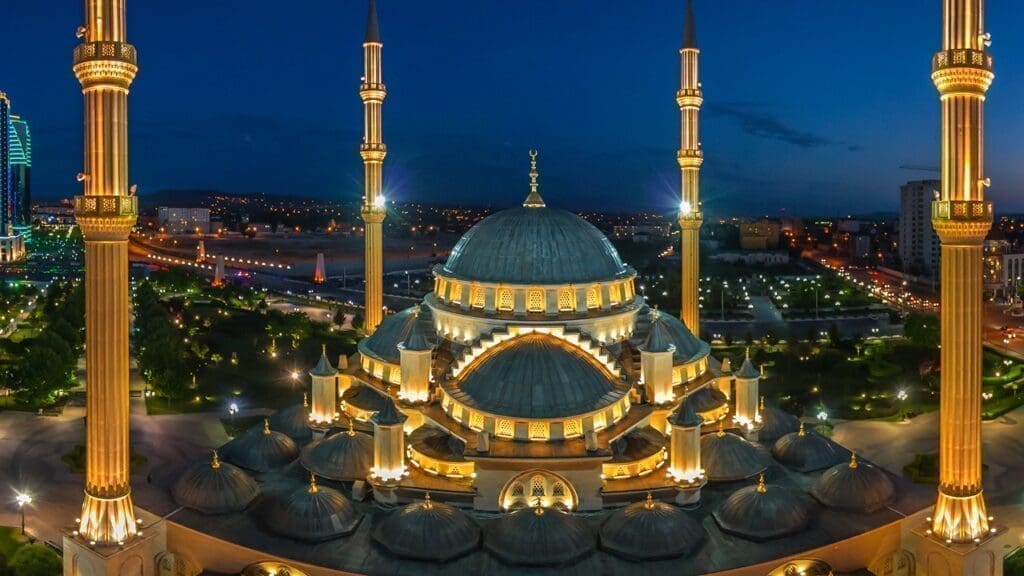
The Russian Federation has diverse religious groups. Practiced most in the country is Russian Orthodox Christianity, which takes up about 70% of the population according to 2008 data. Also, in Russia, you’ll find other Christians, Muslims, Jews, and other smaller religious groups. About 15% of the people living in Russia choose not to affiliate themselves with any religion. The Center of Sociological Research in Moscow carried out a study on the Christian community in the country. After the study, results showed that only about 3.9% of adults attend church weekly while 7.1% attend monthly.
Languages and Religions of Europe
France

The French state consists of a mix of Christians (predominantly Roman Catholic), Muslims, and other religious groups. In fact, France has one of the largest Muslim populations in Europe due to the inflow of immigrants from North African countries such as Algeria and Morocco. You will also find a good number of people practicing Sikhism, Hinduism, and Judaism.
Italy
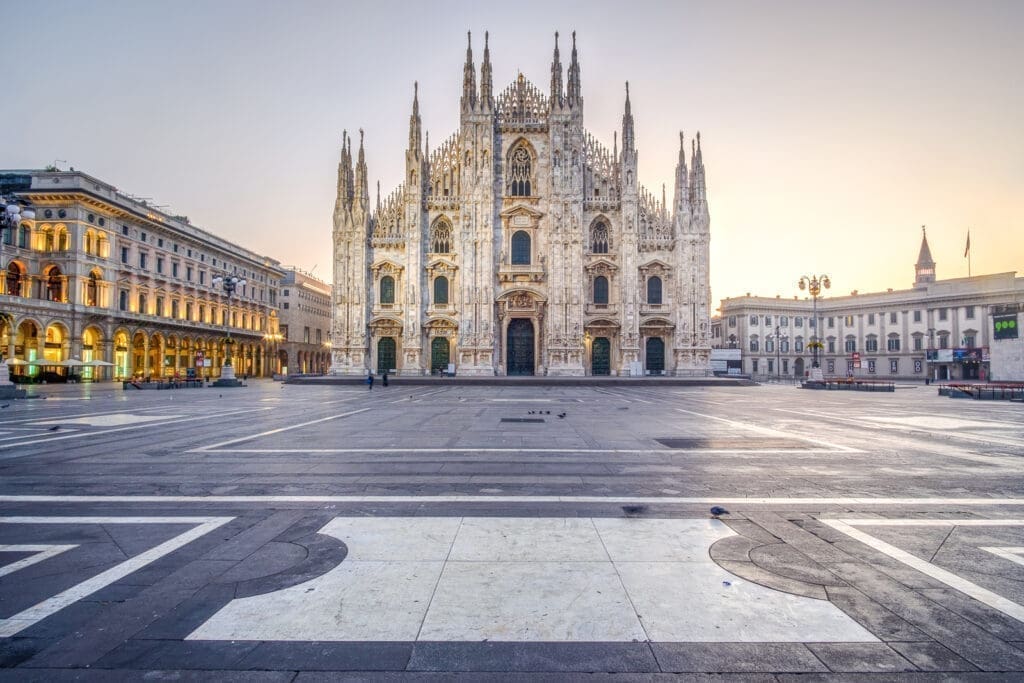
Home to the Pope and headquarters of all Catholic churches worldwide, Italy has a vast population of Christians (most being Catholics). According to World Atlas, over 70% of the people in Italy practice Christianity. Minority religions practiced are Islam (about 3%), Sikhism, Buddhism, and other smaller groups. Other studies carried out in the country showed that up to 12% of the population claim they aren’t affiliated with any religious faction. The religious diversity in Europe, Italy doesn’t end with Christians, Islam or Sikhism. About 6% of Italian citizens belong to Flying saucer cults.
10 Most Interesting Churches in Europe
Ukraine
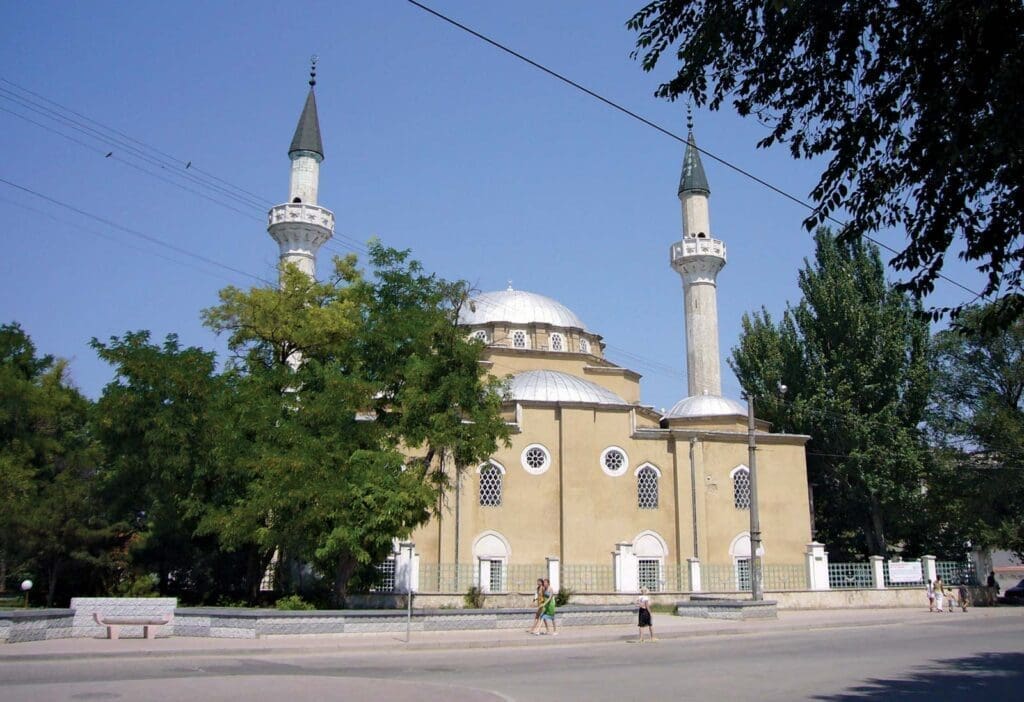
The majority of the Ukrainian population are either Orthodox Christians or non-religious. Protestants, Jews, Muslims, and other religious groups combine with about 15% of the entire population. Ukraine didn’t always have this religious climate. In the past, Islam and Judaism were dominant in the country. Over time, their great numbers began to see a steady decline. Currently, the number of Jews and Muslims in Ukraine doesn’t add up to 2% of the entire population. Will Ukraine see a rise in her Muslim/Jewish communities once more? Well, only time will tell.
Spain
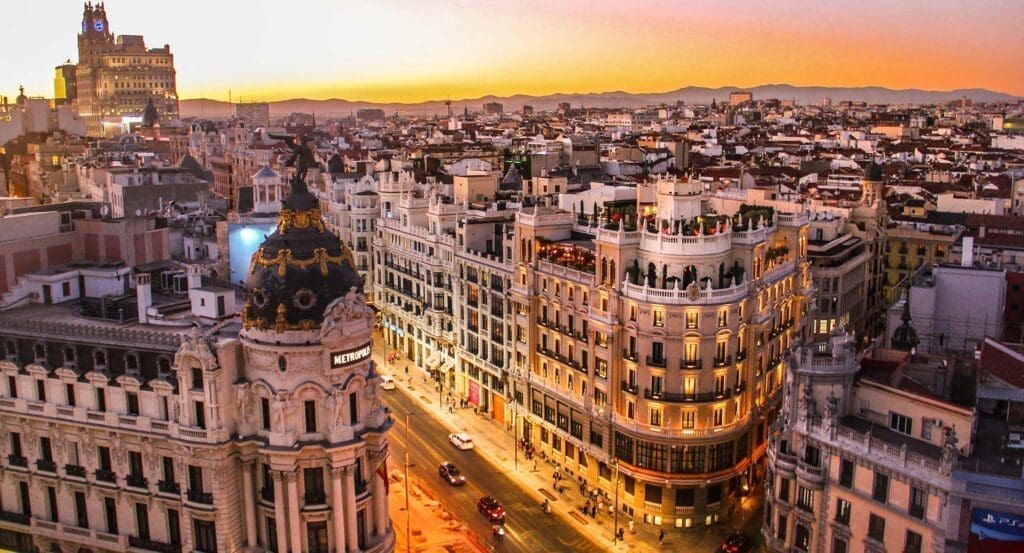
Unlike Ukraine, the Muslim community in Spain has seen a steady increase. Immigrants from Morocco and other North African states contribute significantly to this growing number. Although it isn’t up to 10% of the population yet, there is potential for an increase. The vast majority of citizens are Roman Catholics, accounting for about two-thirds of the population. Some persons claim not to be affiliated with any religious group. They make up to 16% of citizens. Other religious communities operate freely in the country, but their numbers are quite small.
Most Beautiful Churches In Europe
Poland
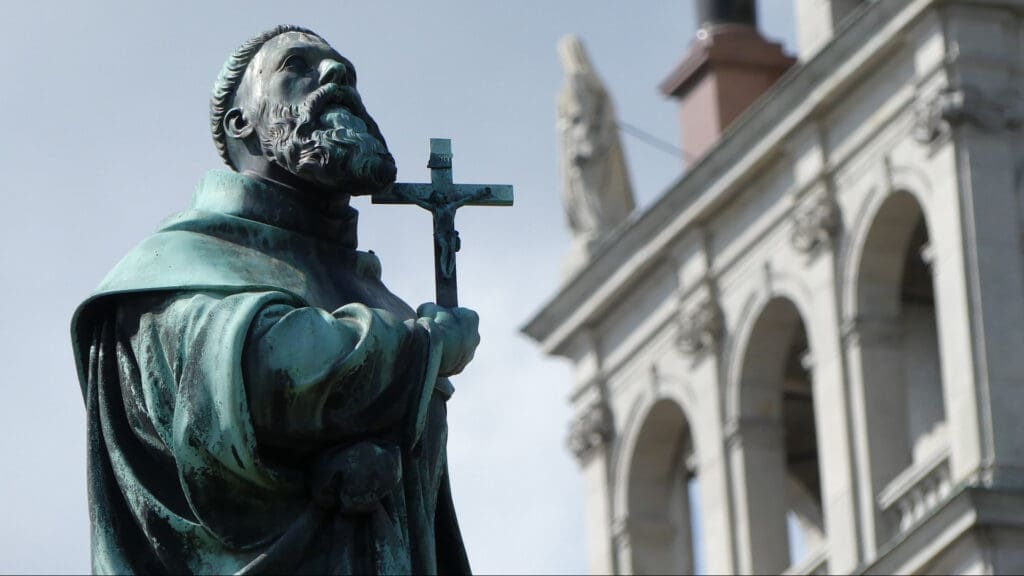
Polish people are known to be religious. In 966, the ruler of Poland, Mieszko, welcomed Christianity. With this, we see the Christian religion has deep roots in the country. Currently, Roman Catholics make up 90% of the Polish population. A huge fraction of this number actually practices diligently. There are other religious groups in Poland, but they are all minorities. A growing fraction of persons claims they are not affiliated with any religious group, making up to 3% of the population. It is uncertain if there will be a significant decline in the major religion in the country. Maybe in the future, we might see a rise in the Jewish or Islam communities.
Romania

Data obtained from the 2011 census in Romania suggests that 82% of the population identify with Orthodox Christianity. There’s a small fraction of Catholics in the country (about 6.4%). Persons affiliated with protestant churches were not up to 5%. Additionally, the number of Hindus, Jews, and other religious groups was not up to 3%. Like Poland, the Romanian state is in support of religious diversity. However, we are yet to see a significant increase in other religious communities.
Decline of Christianity in various countries
Netherlands
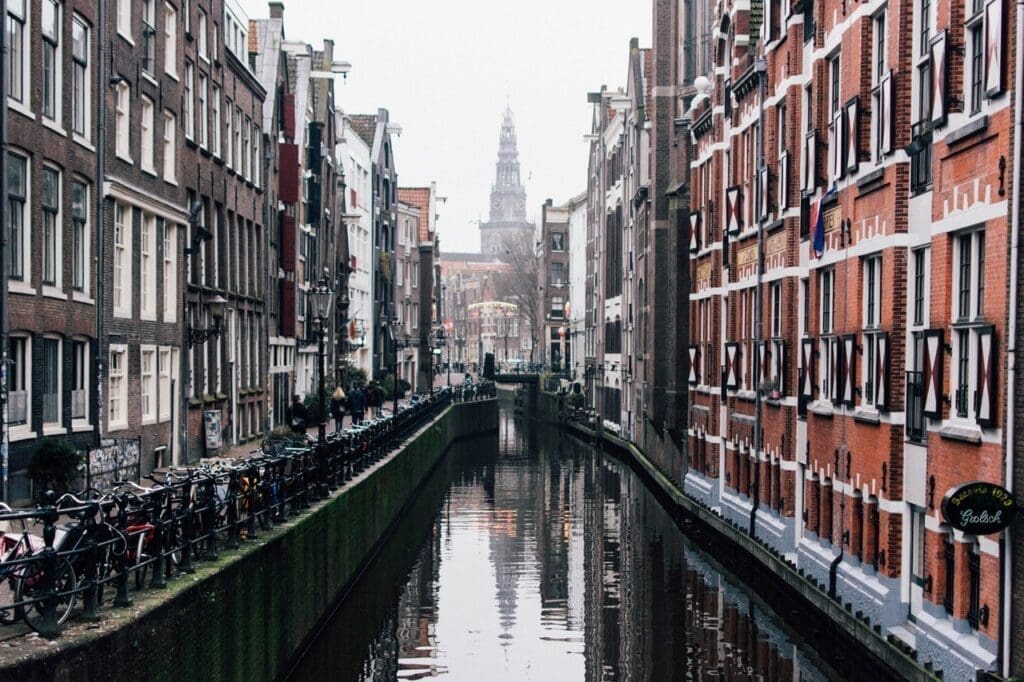
The Netherlands has a diverse religious climate. Christians, Jews, atheists, and other religious groups live together peacefully. Data presented by Statista on religions in the Netherlands from 2010-2018 show a 0.82% decrease in the number of Roman Catholics in the country. However, the vast majority do not affiliate themselves with any religious group. They make up 53% of the population. This is a 1.2% increase in their number in 2010. Factions such as Islam, Hinduism, and others seem to have a stable atmosphere. Interestingly, about 77% of Muslims in the Netherlands rarely or never visit a mosque. There might be an increase in the number of non-religious people in the country from the look of things.
Sweden
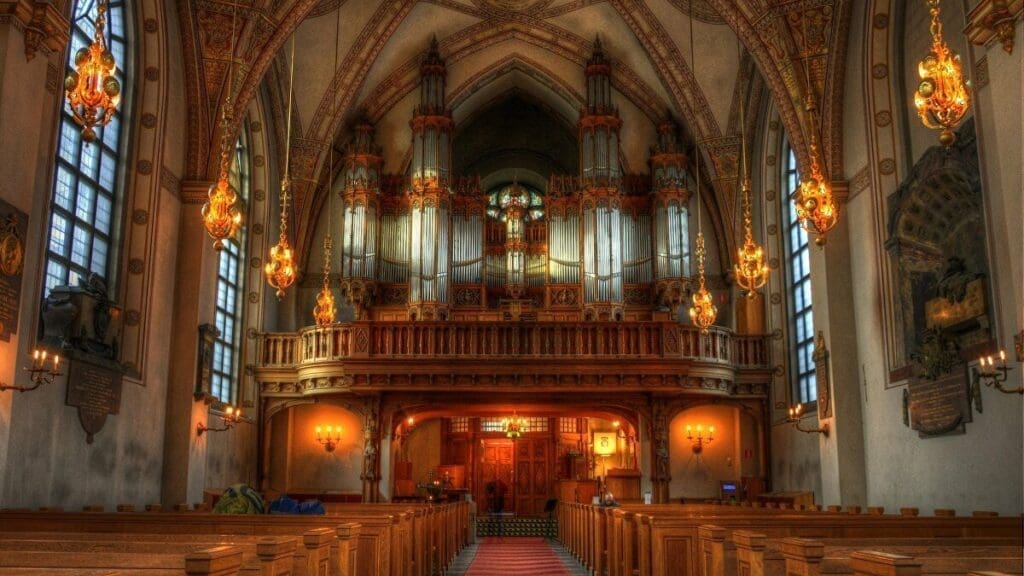
The 11th century saw the adoption of Christianity in Sweden. Unlike Poland, Roman Catholicism did not maintain its status as the dominant religion. However, it had widespread practice for up to 500 years. Replacing Catholicism is another faction from the Christian camp. A Lutheran church called “The Church of Sweden.” The Lutheran church accounts for over two-thirds of Sweden’s population. Despite that, it is not the only religion practiced in the country. There are Muslims, Hindus, Buddhists, and other communities in their small numbers.
List of oldest church buildings in Europe
Czech Republic
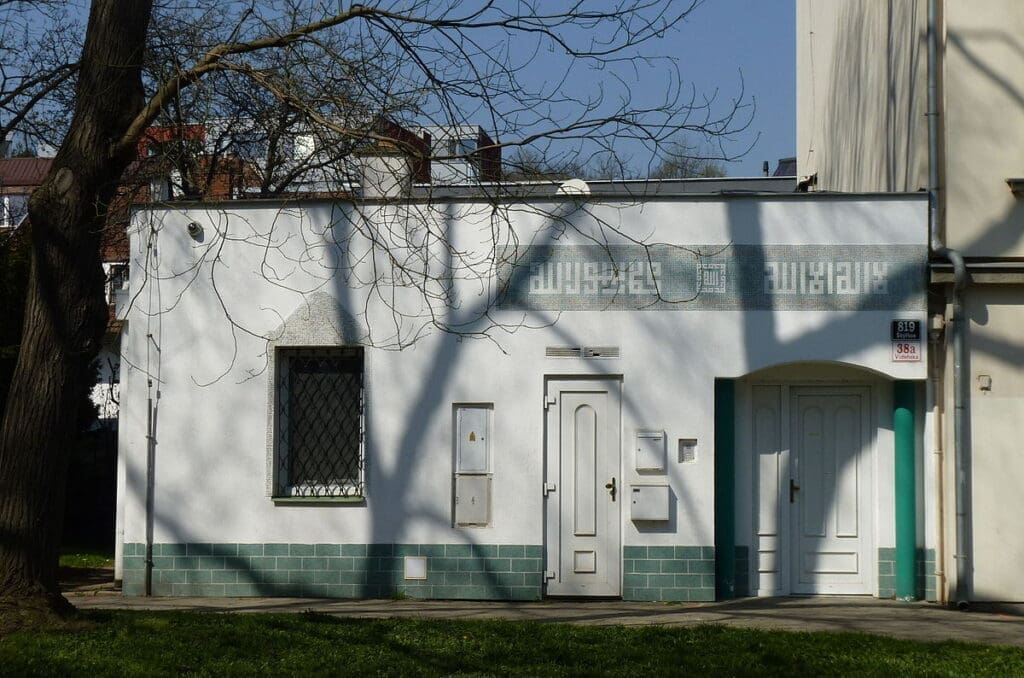
Currently, Czech Republic is not considered to be a religious society. Despite that, things were different before the 20th century. Christianity was the dominant religion pre-twentieth century era. Over the years, other religions have made a home for themselves in the country. There are Jehovah’s Witnesses, Hindus, Muslims, Buddhists, and others in the country. However, their numbers are relatively small. More than 60% of the population choose not to affiliate themselves with any religious group. In the future, this percentage may see a further increase. Notwithstanding, the Czech Republic still maintains a diverse religious atmosphere.
Belgium
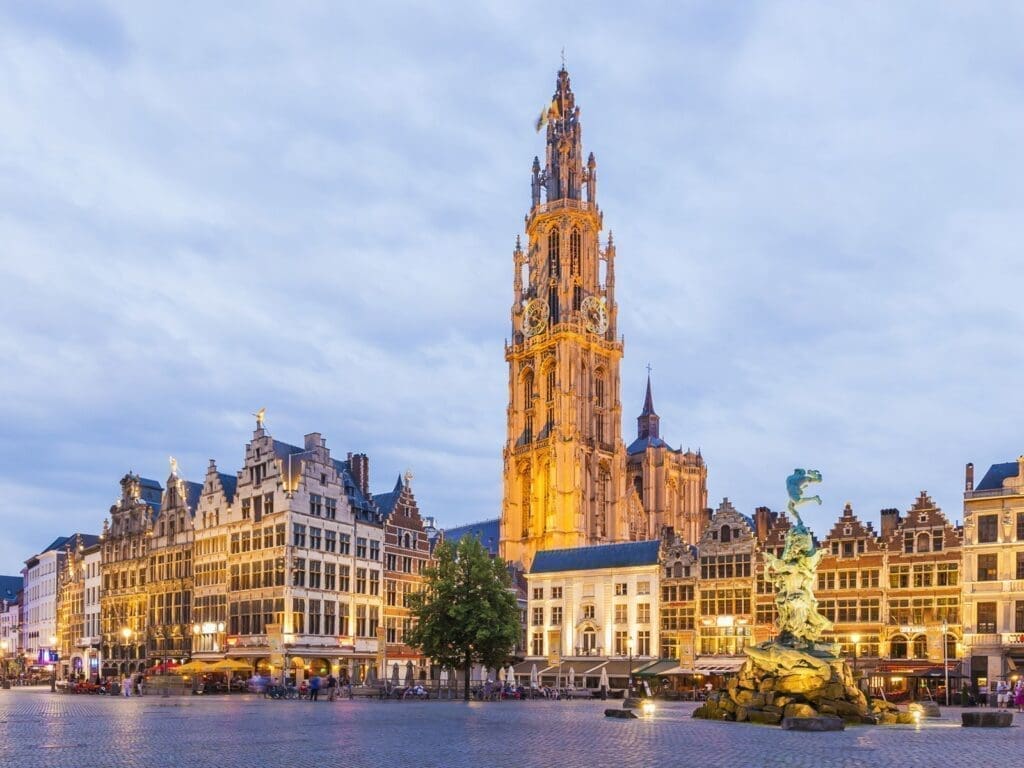
Several religions are practiced widely in Belgium. However, Roman Catholicism is more common amongst the people. Up to 60% of Belgian citizens are Catholics. But, the number of persons that practice this Catholicism is actually less than that. The Belgian society consists of other religious societies. They include:
- Islam
- Judaism
- Protestants
- Others
These societies are practiced by less number of the public. The highest amongst them being the Muslim society, taking about 4% of the population. Like in almost every country mentioned so far, Belgium also has many persons who do not practice any religion. This group of people makes up 31% of the Belgian population.
Austria
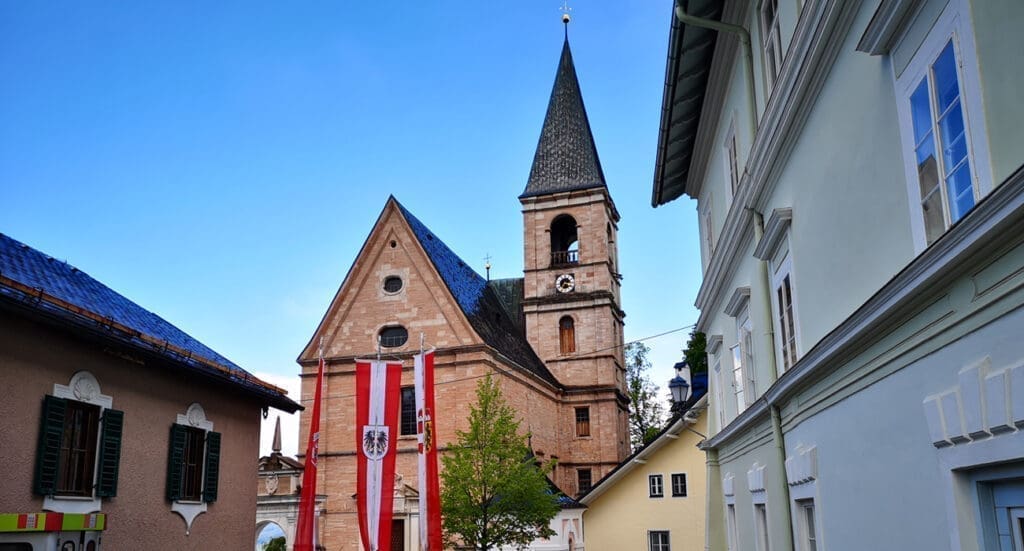
In the Austrian community, there is freedom of religion. Muslims, Jews, and other religious societies can be found in the country. Like in almost every country discussed so far, the Christian society (the majority being Roman Catholics) in Austria is dominant. But, this group has seen a significant decline over the years. The growing Muslim community in Austria can be accredited to an inflow of immigrants from Kosovo, Bosnia-Herzegovina, and Turkey. Some persons stated that they aren’t affiliated with any religious group, making up roughly 13% of Austrian citizens.
Bulgaria

The Bulgarian state does not have an official religion. Movements that led to this development started in the 1990s. Despite that, citizens still practice certain religions. The majority player being the Bulgarian Orthodoxy. This accounts for over 70% of the entire population. Some minority religious groups include:
- Catholics
- Evangelical protestants
- Gregorian Armenians
- Jews
- Others
These minority groups make up roughly 30% of the Bulgarian population.
Conclusion
Several religions are practiced in Europe. However, Christianity (Catholicism in particular) is more dominant in the region. But, over the years, there has been a steady decline of believers. More and more people are coming out to say they are not affiliated with any religious group. The PEW Research Center projected that by 2025 the number of Christians in Europe would experience a 17.5% decline. However, it is estimated that the Muslims in the region may double. Taking up to 10% of the entire population. Also projected to increase is the faction of the European that rejects affiliations with any religious group. These numbers are projected to see an increase of about 16% by 2050.
Will these projections hold to be true? Well, we can’t say without any strand of doubt. Although current trends suggest things may turn out as projected, one should not fail to consider how unpredictable life can sometimes be. So, let’s leave it all to time!

